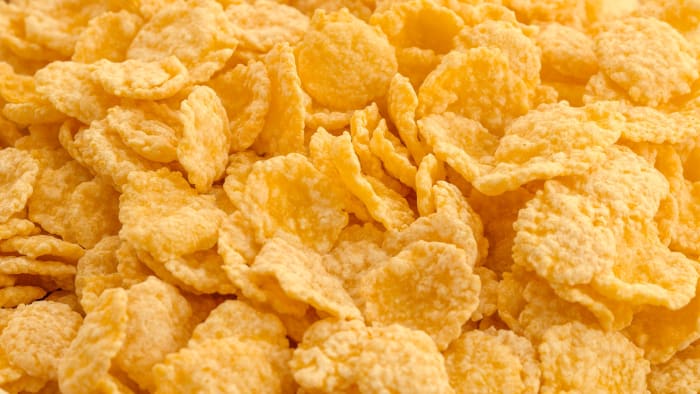x

Martin Gardeazabal/Shutterstock
20 every day items that were invented totally by accident
Imagine changing the world by accident. These 20 incredible inventions were created inadvertently.
More must-reads:
- Five NFL Draft prospects that make Eagles repeat Super Bowl favorites
- Cubs' Matt Mervis trade is already looking very bad
- The 'First running backs taken in every NFL draft since 2000' quiz
Breaking News
Trending News
Customize Your Newsletter
 +
+
Get the latest news and rumors, customized to your favorite sports and teams. Emailed daily. Always free!




























